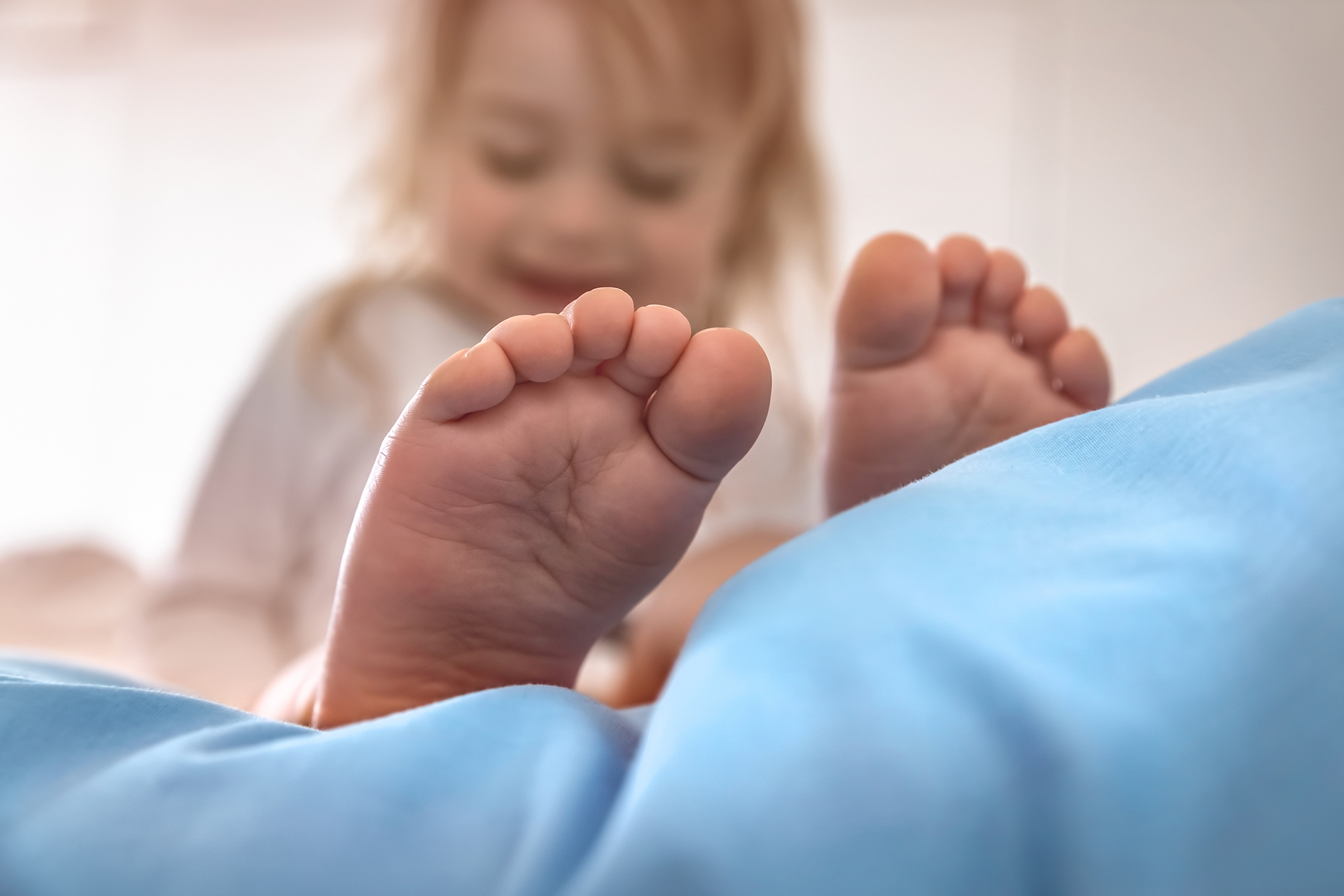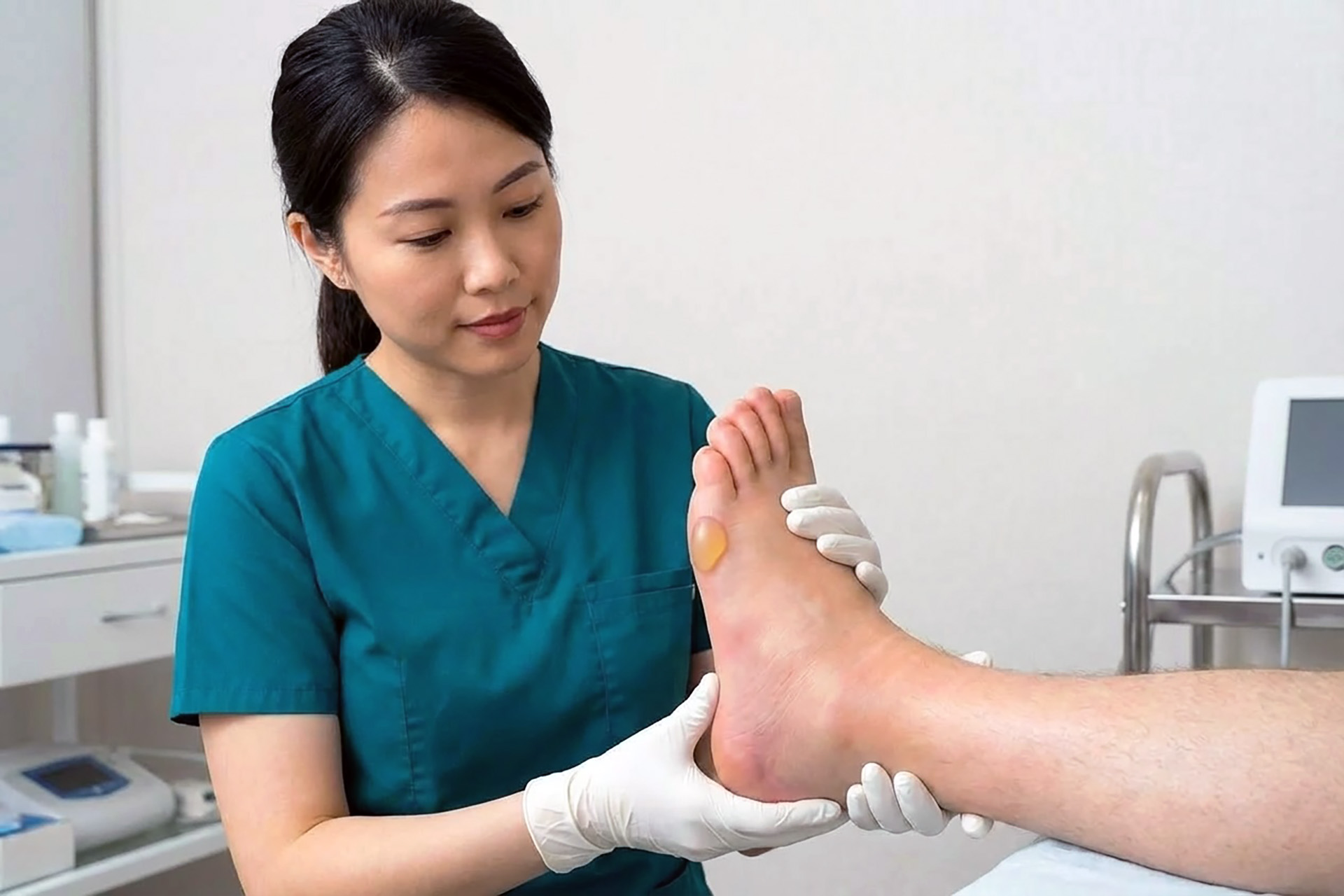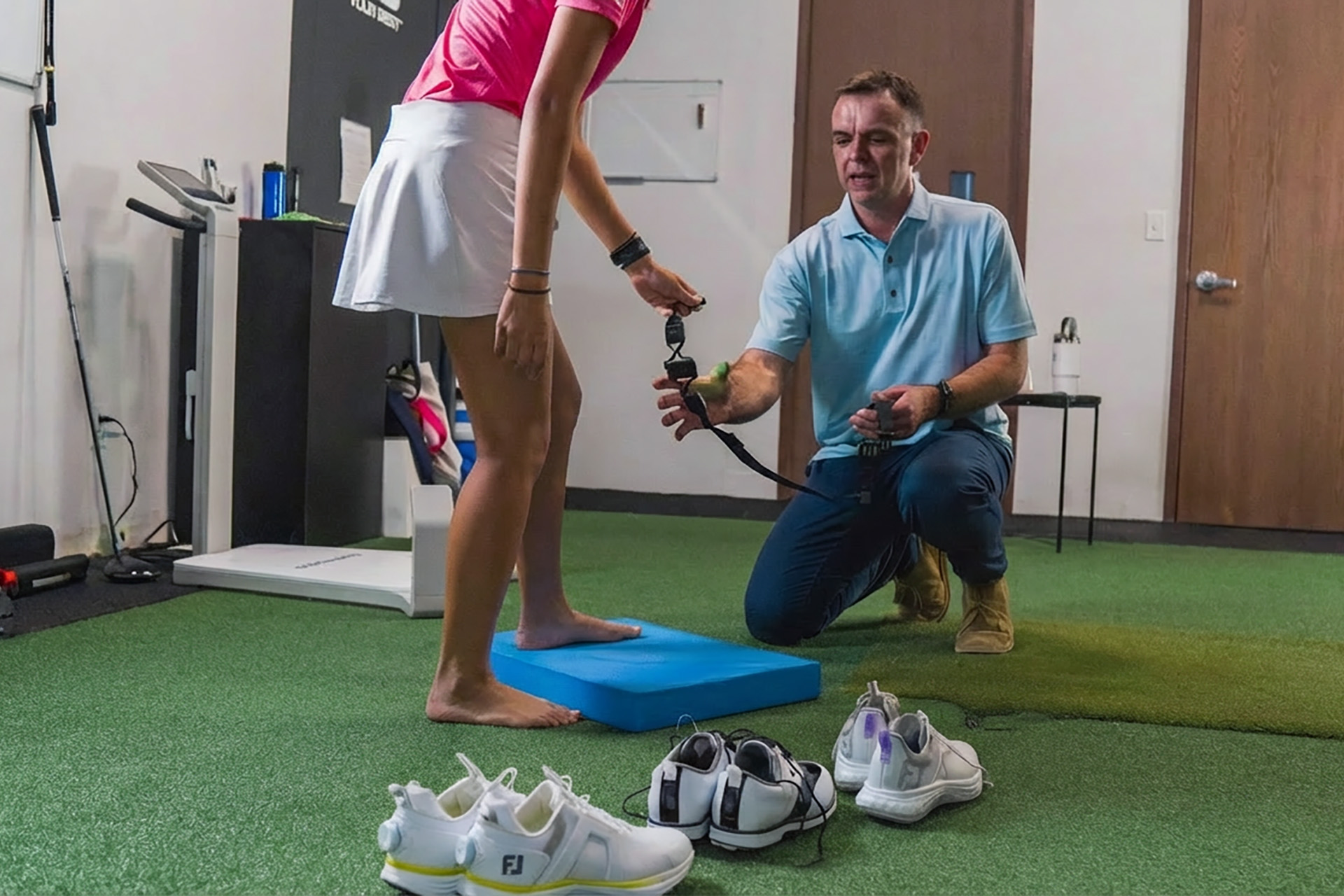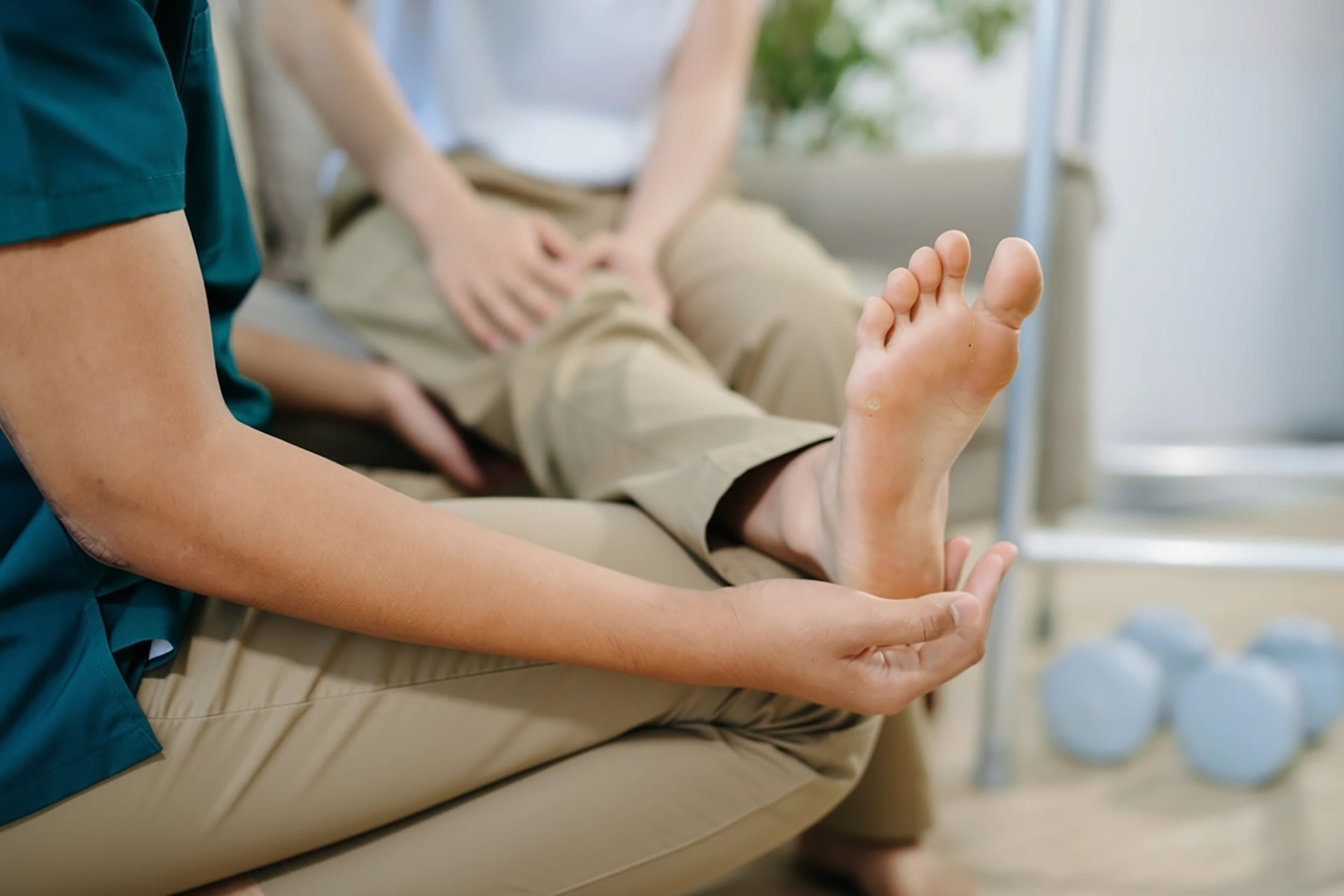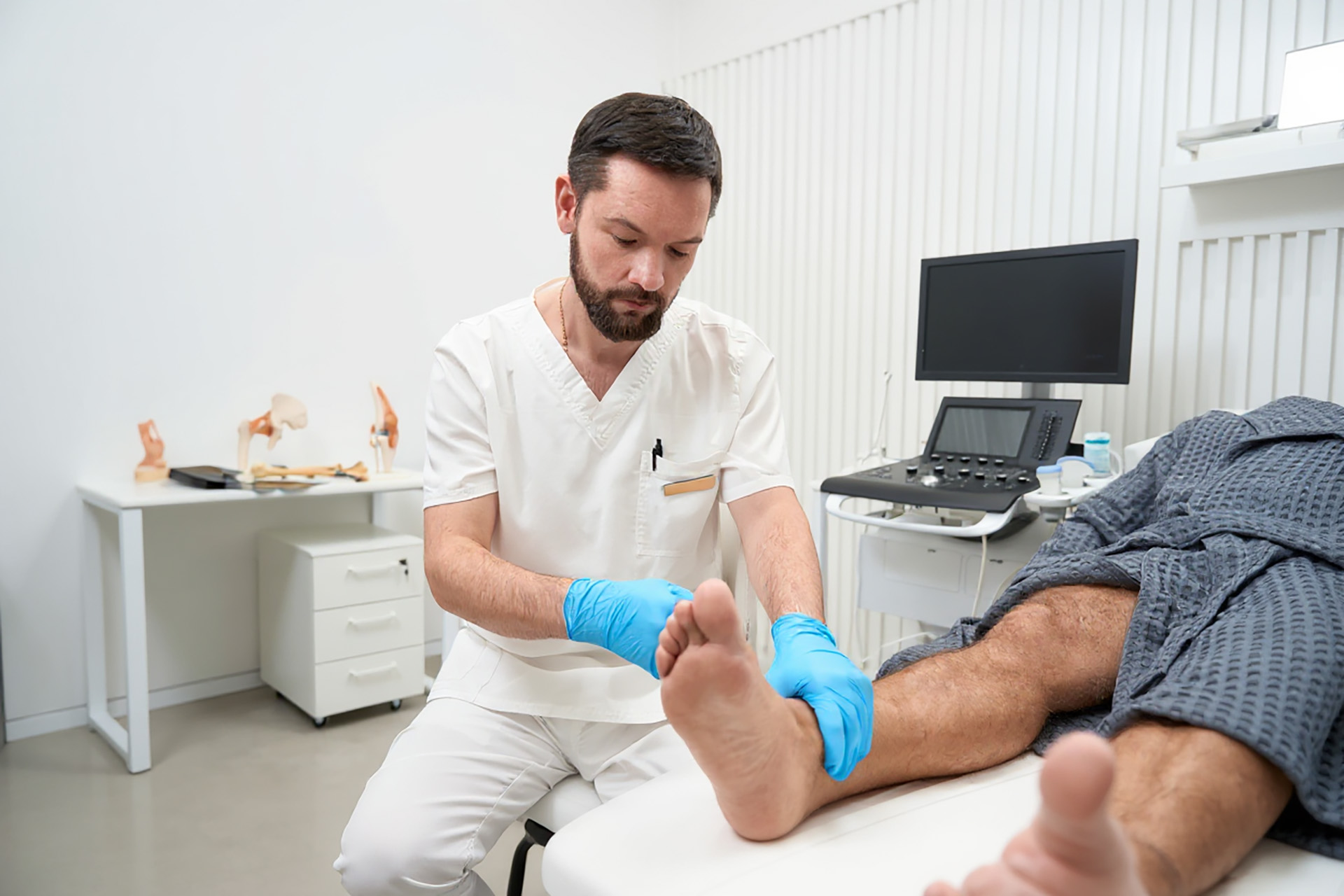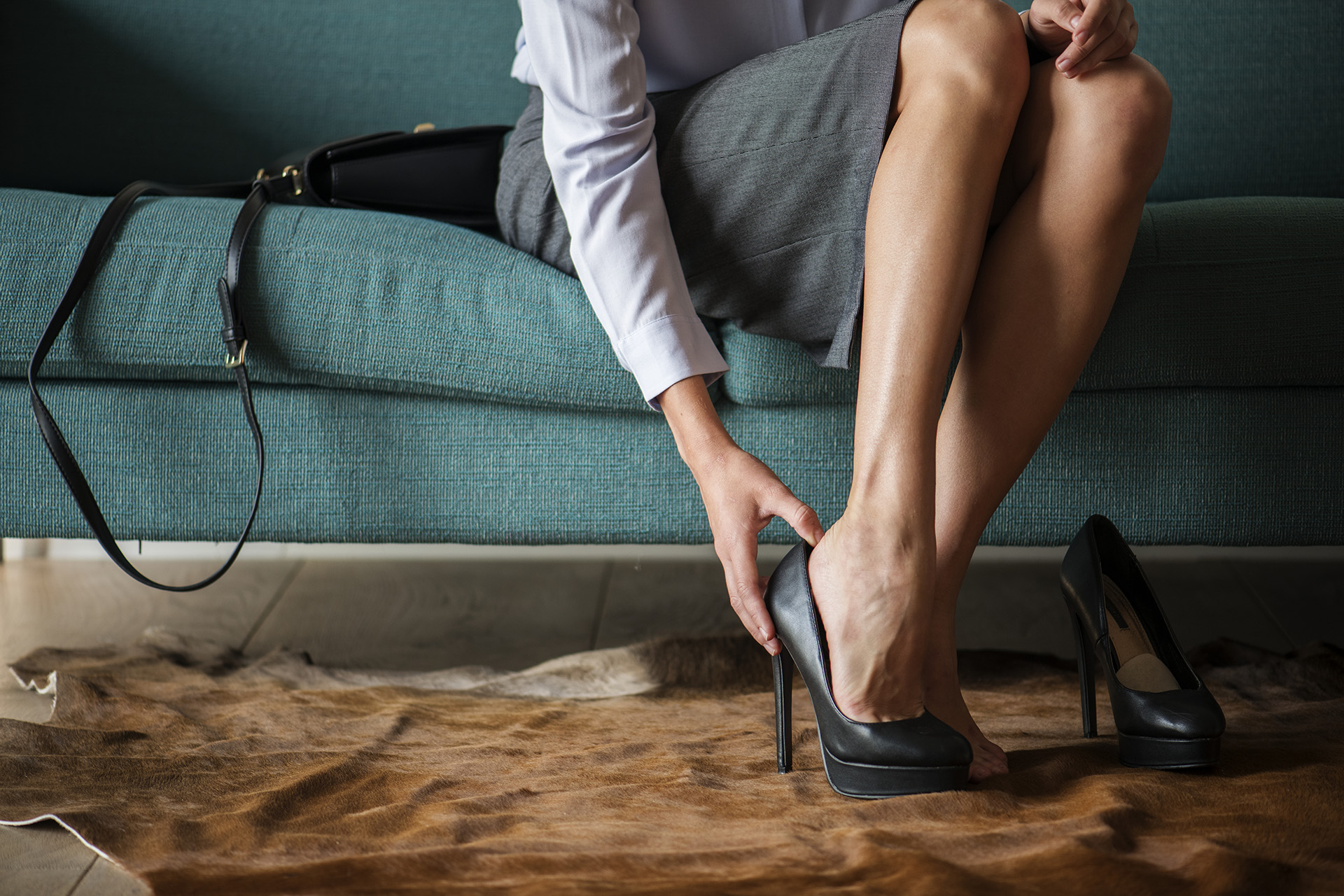Flat feet, also known as pes planus, is a common condition in children where the arch of the foot is either partially or completely collapsed. This condition is characterised by the entire sole touching the ground, resulting in little to no visible arch when standing.
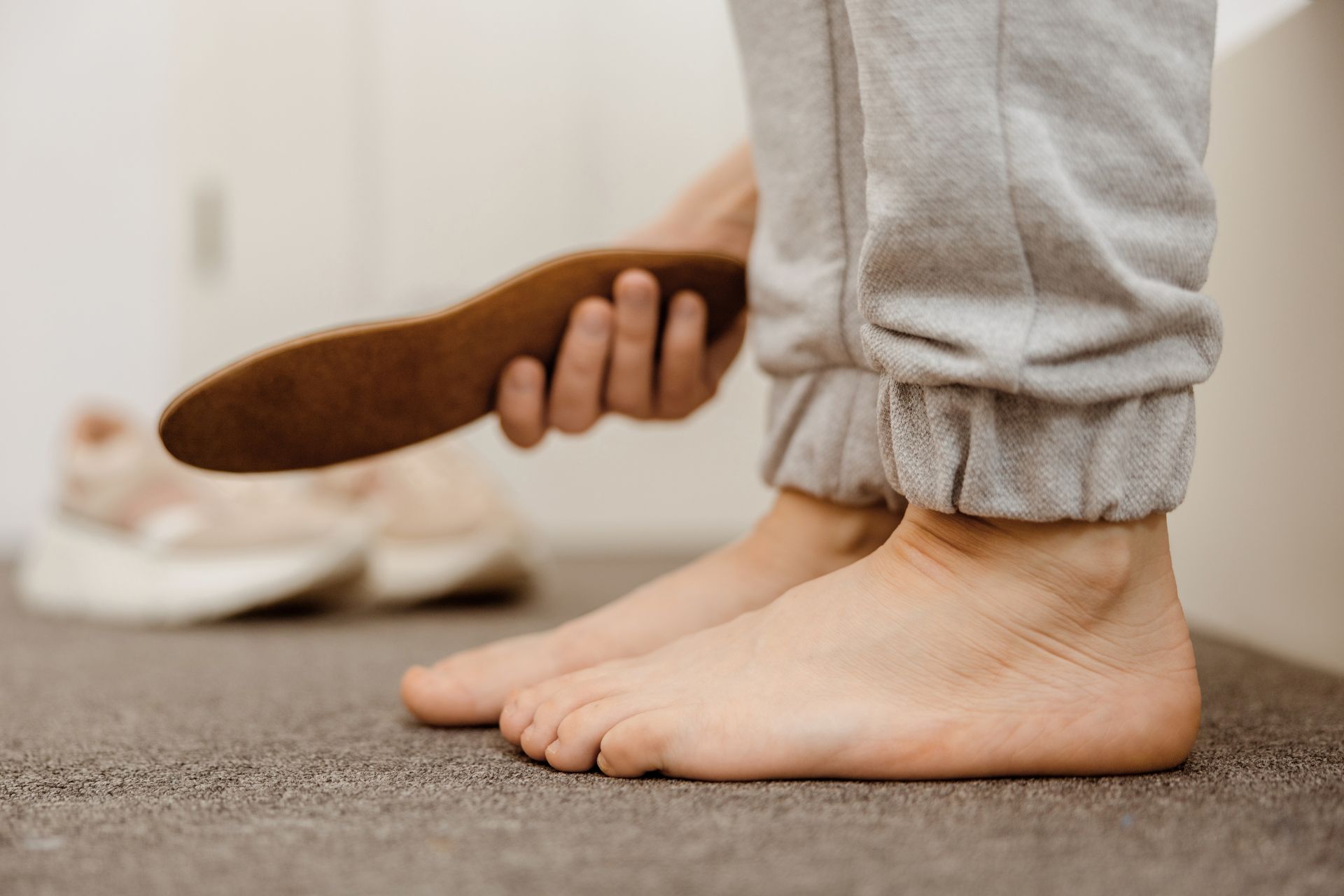
Signs Your Child’s Flat Feet Might Be Causing Pain
Many signs indicate that your child’s flat feet need treatment. Pain is a common symptom, with children complaining about leg and foot pain during activities, after prolonged walking, or at night. Discomfort may lead to requests for massages to relieve aches and pains. Another sign is limited activity, which a child may avoid or be unable to participate in typical play and activities.
Additionally, worn-out footwear, showing uneven shoe wear, can indicate an uneven weight distribution. Instability is also a concern, as frequent falling or difficulty with balance might suggest a problem. Alignment concerns, such as asymmetrical posture or other signs of misalignment, should not be overlooked.
In some cases, congenital flat feet, characterised by a vertical talus or atypical joint fusion, can lead to more severe problems if left untreated. If you notice any of these signs, it is advisable to consult a paediatric podiatrist for a full evaluation and guidance on appropriate management for your child’s condition.
Long-Term Effects of Untreated Flat Feet in Children
The long-term effects of untreated flat feet in children can be significant and far-reaching. One major consequence is permanent deformity, which can cause the foot to remain flat and potentially lead to further complications later in life. Additionally, children with untreated flat feet may experience pain and discomfort in their feet, legs, and knees, impacting their ability to participate in activities to maintain a healthy lifestyle.
Flat feet can also cause abnormal stress and compensations in movement, leading to further issues and pain in the knees and hips as children progress into adulthood. This altered biomechanics and instability of the foot can increase the risk of injuries during sports and other physical activities.
Children with flat feet often have a lower quality of life and a higher body mass index (BMI) than their peers. If left untreated, flat feet in children can lead to adult-acquired flat foot deformity, characterised by a gradual loss of the arch, weakness, and an inability to stand on tiptoes. Furthermore, untreated flat feet can contribute to chronic conditions such as plantar fasciitis, Achilles tendonitis, and other musculoskeletal issues.
If not addressed early, the impact on posture can also be significant, with flat feet potentially leading to scoliosis and other spinal deformities. Identifying and addressing flat feet in children early to prevent these long-term effects and ensure proper foot development and alignment is essential.
Effective Management for Children with Flat Feet
When addressing flat feet in children, various treatments and interventions are available to provide relief and prevent further complications. A range of options can be considered, depending on the severity of the condition and the child’s specific needs.
Management of the condition at The Foot Practice includes supportive footwear, orthotic devices, calf muscle stretching exercises, physical therapy, shoe modifications, and, in severe cases, surgery. Each method is crucial in managing flat feet and ensuring the child’s foot health and overall well-being.
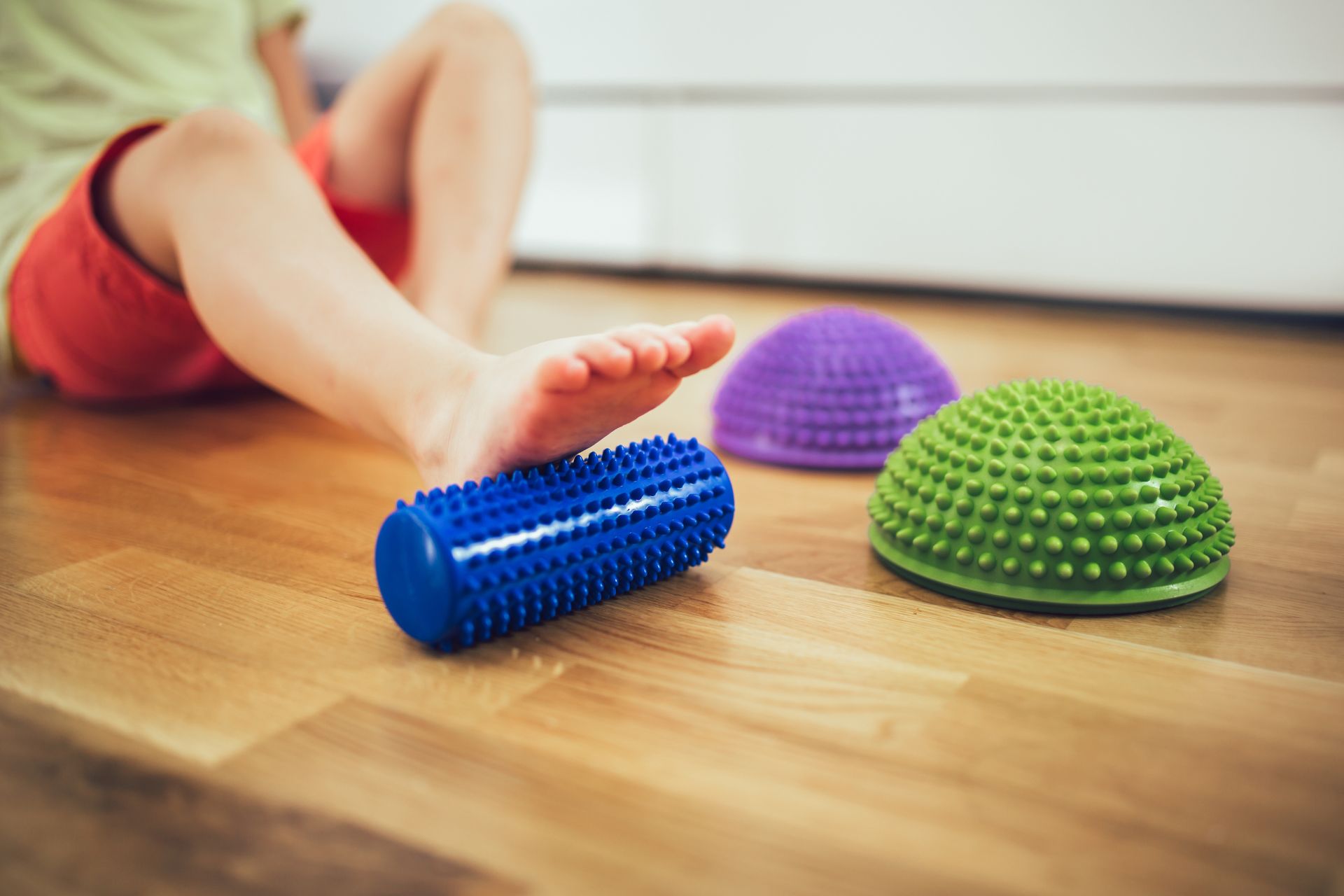
- Supportive Footwear: High tops or in-shoe inserts with arch padding can provide additional support and reduce pain
- Orthotic Devices: Custom-made orthotics can prevent the condition from worsening during walking and running and can also prevent overpronation; these devices must be replaced regularly as the child grows
- Calf Muscle Stretching Exercises: These exercises are prescribed to children with overly tight calf muscles, which can worsen paediatric flat feet and their symptoms
- Physical Therapy: Stretching exercises and other physical therapy methods can provide relief for paediatric flatfoot conditions
- Shoe Modifications: Certain shoes can be modified to support children with flat feet better
- Surgery: In severe cases where other interventions are ineffective, surgery may be necessary to correct the deformity of flatfeet in children
It is essential to consult a paediatric podiatrist to determine the best management for your child’s specific case of paediatric flat feet.
Benefits of Using Orthoses for Children with Flat Feet
Orthotic devices offer numerous benefits for children with flat feet, which is vital in managing and alleviating the condition. Firstly, custom orthotics provide essential shock absorption and cushioning, helping to alleviate pain and discomfort associated with paediatric flat feet. These devices also offer crucial support and stability, realigning the flat foot into a more normal anatomical position and reducing abnormal forces and stress on bones, joints, and soft tissues.
Additionally, orthotics improve alignment, which helps prevent further complications and enhances overall foot function. By reducing pain and discomfort, orthotics enable children to participate in activities without restriction, significantly improving their quality of life. The long-term benefits of custom orthotics include preventing further complications and ensuring proper foot development and alignment.
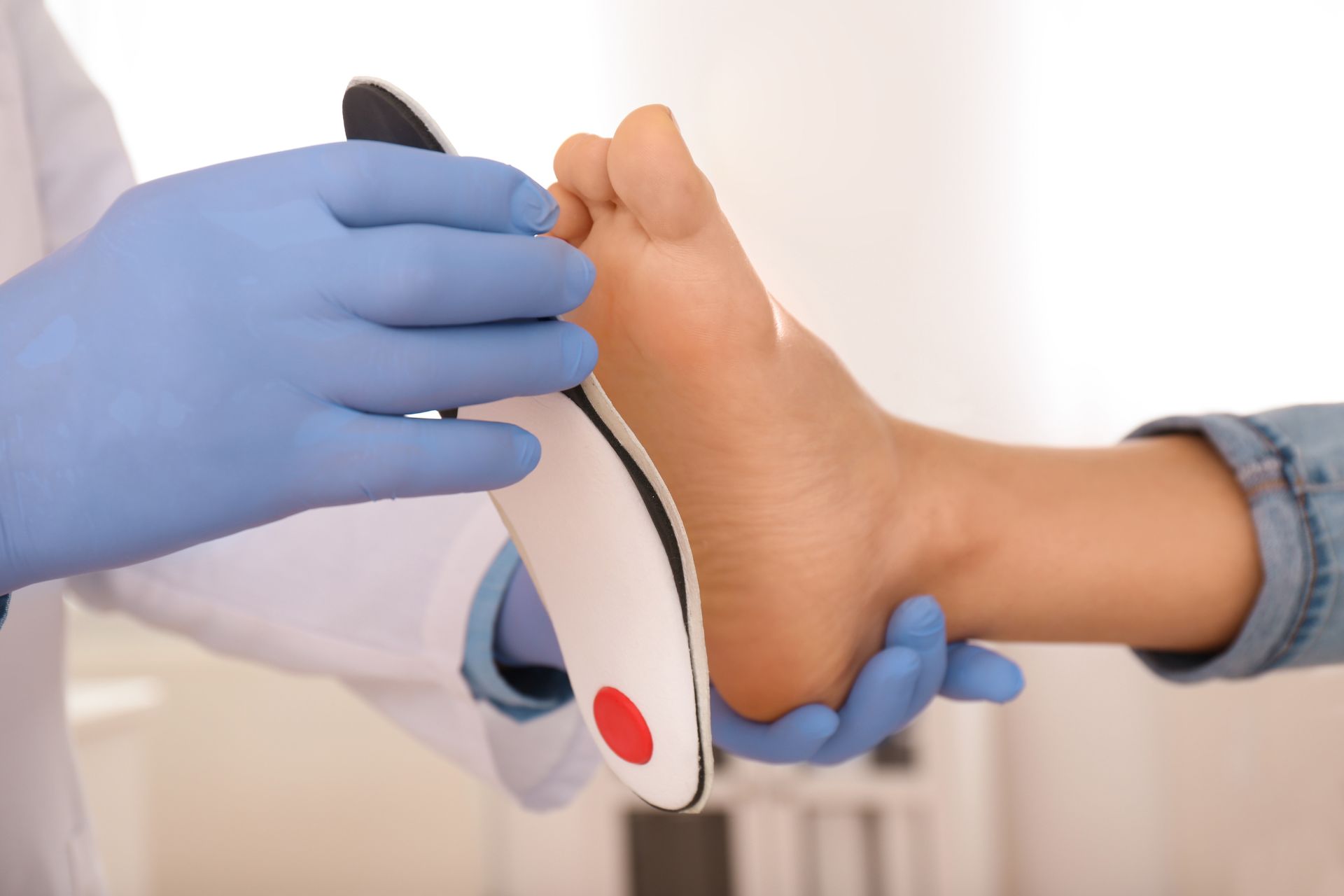
Orthotics are a non-invasive intervention option, making it a preferred choice for many parents and healthcare professionals. Many orthotics are designed to be adjustable, allowing them to grow with the child and provide long-term comfort and support. Furthermore, they are easy to use and can be worn in most shoes, adding convenience.
Professional guidance from a paediatric podiatrist ensures the child receives the best possible protocol of management for their condition. Overall, orthotic devices can provide significant benefits for children with flat feet, helping to alleviate pain, improve alignment, and enhance their overall quality of life.
If your child has flat feet, don’t wait to seek help. Early intervention can prevent potential issues and ensure healthy foot development. Schedule a visit with a podiatrist today to get expert advice and personalized care. Your child’s feet deserve the best support!

